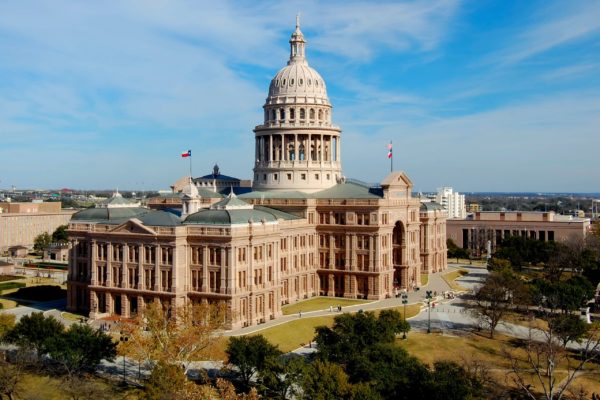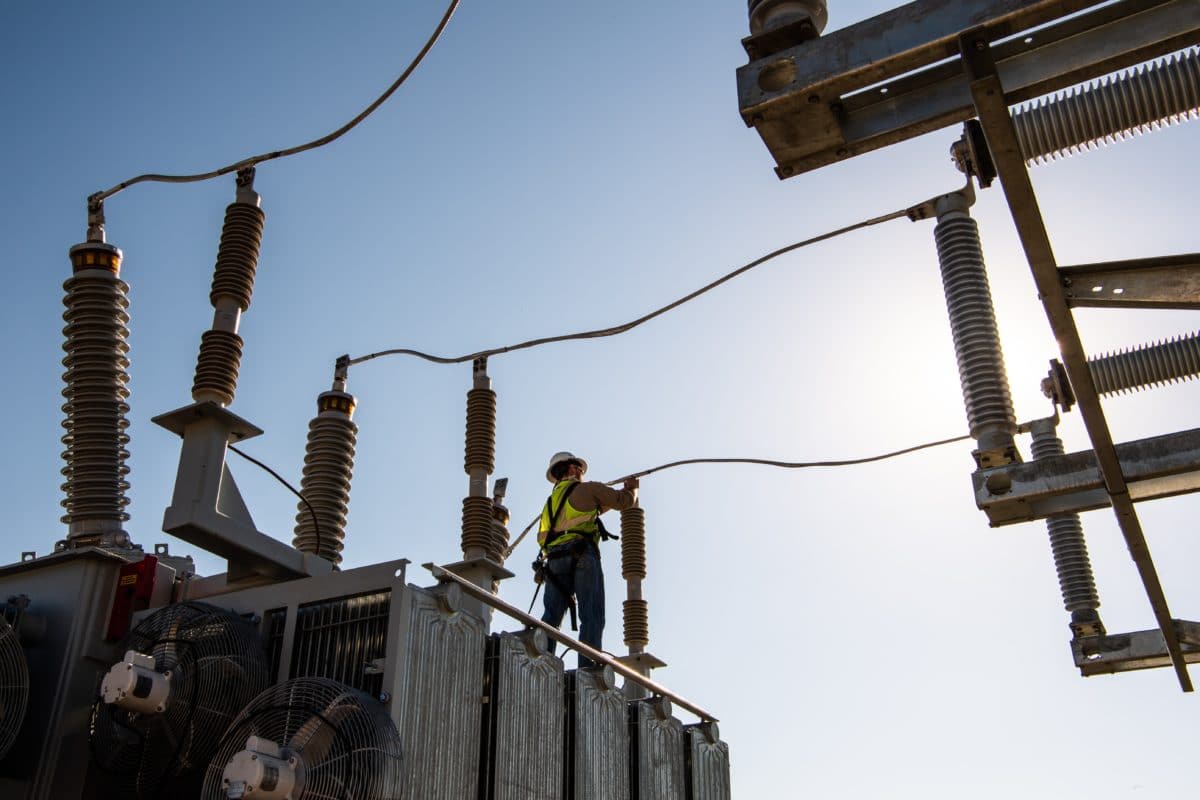Texas Gov. Greg Abbott signed Senate Bills 2 and 3 into law on June 8. The laws are intended to change how parts of the state’s power grid must prepare for extreme weather and how the Electric Reliability Corporation of Texas (ERCOT) is governed.
The legislation was sparked by a mid-February winter storm that lasted for days and crippled much of the state’s electric power grid. Power plants that had not been winterized were particularly hard hit in a near carbon-copy of a power outage that hit the state in February 2011.
Calls a decade ago to winterize the state’s vulnerable natural gas delivery system and power plants went largely unheeded.
As signed by Abbott, Senate Bill 3 requires upgrades for power generators and transmission lines to make them better able to withstand extreme weather. The Texas Railroad Commission and ERCOT will conduct inspections of the facilities. Failure to weatherize may result in penalties of up to $1 million.

<
Winter resource capability will now include onsite fuel storage, dual-fuel capability, or fuel supply arrangements to ensure winter performance for several days. Summer requirement include facilities or procedures to ensure that power plants can operate during drought conditions.
(Read “3 graphs that shed light on the ERCOT power crisis.”)
The Public Utilities Commission will prepare a winter emergency preparedness report to be submitted to the legislature every two years starting in September 2022. The report will assess the ability of the Texas grid to withstand extreme weather events and make recommendations on improving emergency operations plans and procedures.
The bill will only require natural gas distribution companies to weatherize if they are deemed “critical” by regulators. It also stopped short of requiring better protection of homes and pipes, which some experts have called an oversight.
The state likely won’t require companies to weatherize until 2022 at the earliest, and plans to help them pay for the upgrades were struck from the legislation during negotiations between members of the Senate and House.
The new legislation also aims to stabilize the state’s energy market by allowing $6.5 billion in ratepayer-backed bonds for natural gas utilities and electric cooperatives. The plan would cover the companies’ financial losses due to the February storm, and likely will raise charges on most Texans’ power bills for perhaps the next two decades. The bill included no measure of direct relief to consumers, some of whom were left with huge electricity bills in the aftermath of the winter storm.
ERCOT governance
Senate Bill 2 changes the governance of ERCOT. It shrinks the number of seats on ERCOT’s board of directors from 16 to 11, and gives the state’s top politicians more influence over the board. A selection committee would appoint eight of the 11 board members. The selection committee would be made up of three people — one appointed by the governor, one by the lieutenant governor, and one by the speaker of the House. The committee would use an “outside consulting firm” to select the eight members.
Nine of the 11 ERCOT board seats would be voting members. The governor also appoints the members of the Public Utility Commission, which oversees ERCOT.
This content is protected by copyright and may not be reused. If you want to cooperate with us and would like to reuse some of our content, please contact: editors@pv-magazine.com.









“Power plants that had not been winterized were particularly hard hit in a near carbon-copy of a power outage that hit the state in February 2011.
Calls a decade ago to winterize the state’s vulnerable natural gas delivery system and power plants went largely unheeded.”
Don’t Mess With Texas! We’ll mess it up ourselves! LOL!!!